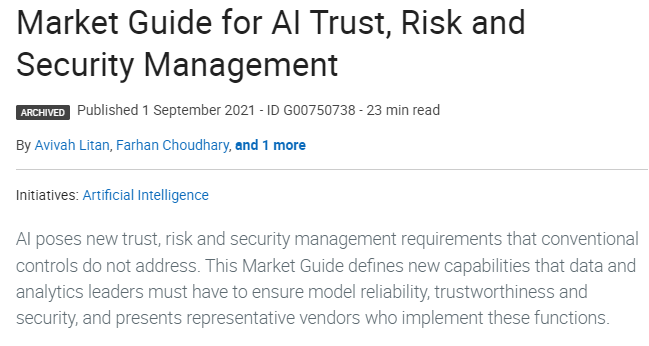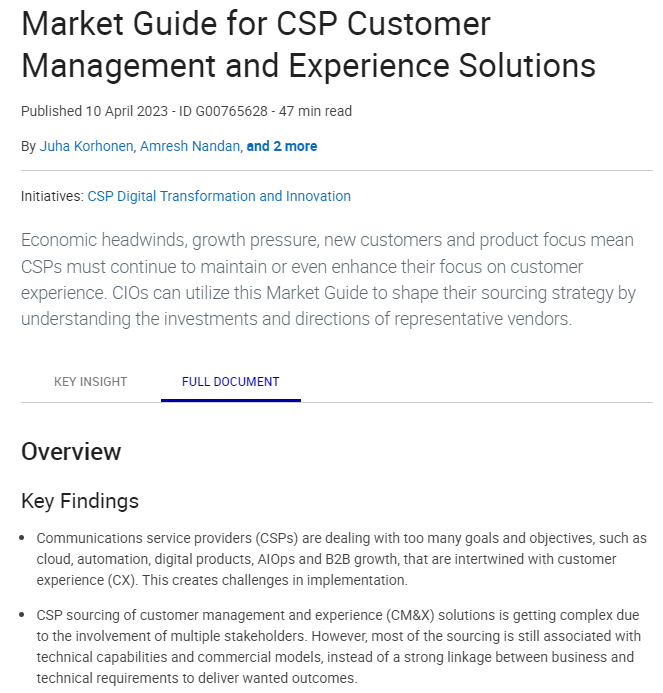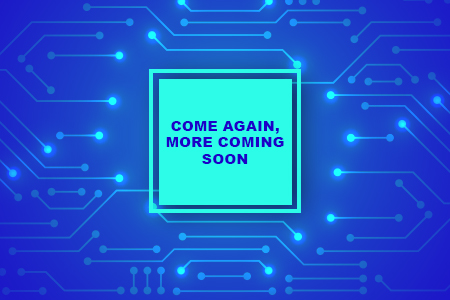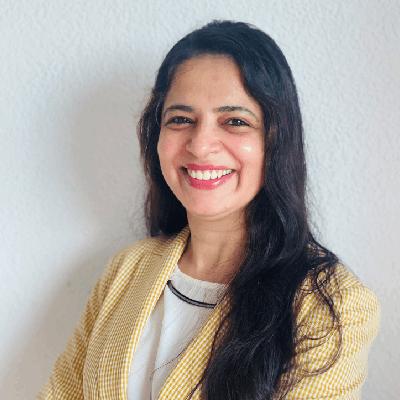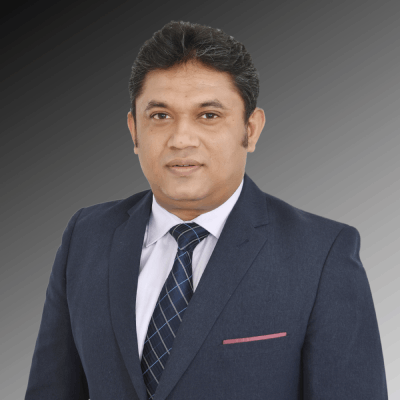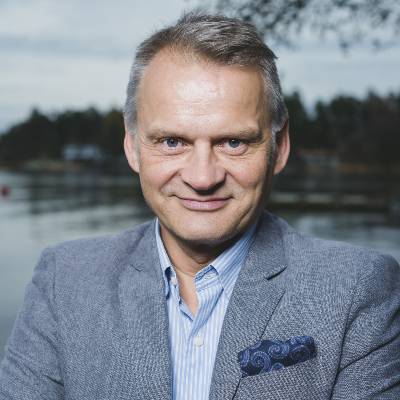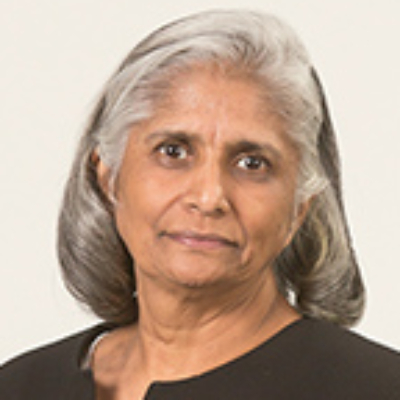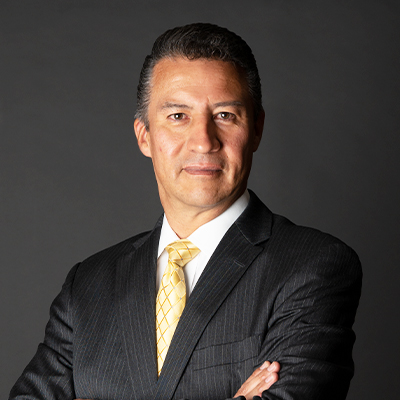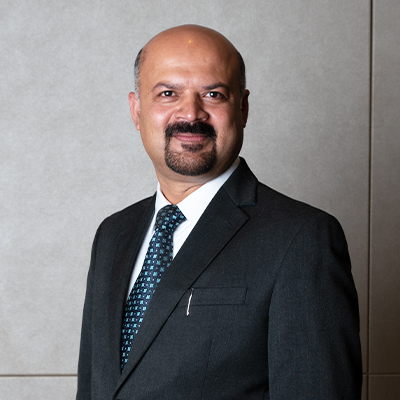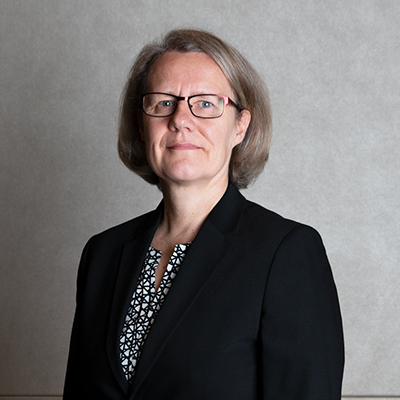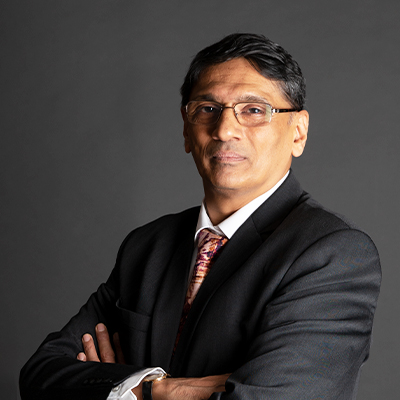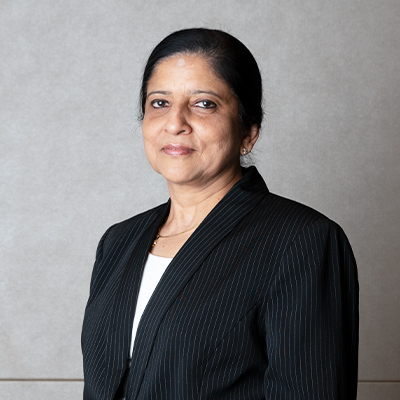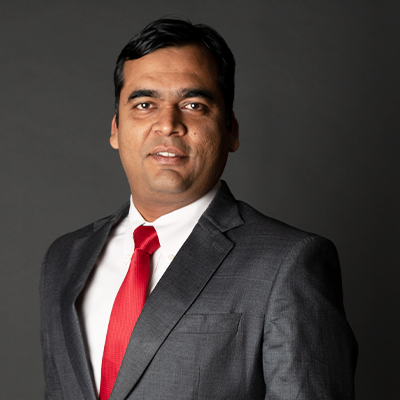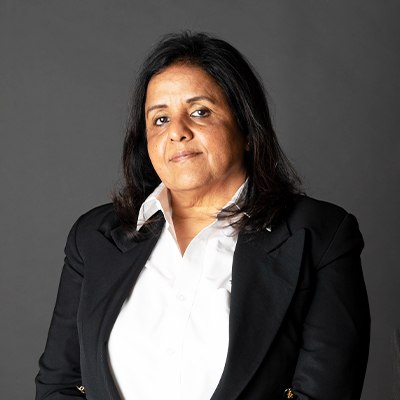Digital Online Charging in the Era of IoT and 5G
Digital Online Charging in the Era of IoT and 5G
New era CSPs and DSPs are going through multifaceted digital transformation in various aspects of their strengths and services in order to adapt to the novel market requirements of 5G and IoT. World is witnessing exponential growth in the 5G and IoT segment. IoT market size is expected to cross $500 billion by 2027, whereas 5G market is being anticipated to cross $1800 billion by 2030.
The IoT, in combination with 5G, is breeding several new use cases every day. Every new use case is invoking a host of new revenue opportunities. Telcos need to be agile and nimble to be able to quickly tap into these new revenue streams in order to benefit from the new use cases and business models.
These use cases can be classified into three main categories: B2B, B2C, and B2B2X. Traditionally, the methods of charging for B2B and B2C use cases have been the center of focus for telco solutions, and telco solution providers have concentrated on these areas since the early days of communications. As a result, these use cases have represented the charging mainstream and have matured globally to a fair extent. However, the real hidden goldmine lies in the B2B2X use case, where a number of revenue streams are still waiting to be explored and monetized.
Digital Charging for B2B2X
The best way to explain this use case is through the example of connected cars. Original equipment manufacturers (OEMs) pay for B2B plans and services, while car owners pay for B2C plans and services. However, aside from these two revenue streams, other use cases can create new revenue streams by utilizing the data generated by the cars or users. These include, but are not limited to:
- Insurance companies accessing data for driver behavior analysis and car performance
- Government/public safety organizations utilizing user and car location information
- Food chains leveraging location data to deliver a food order
- Parking companies using the data to deduct parking charges
- Tyre companies accessing milometer readings to offer customers new tyres before the mileage threshold is crossed

There are numerous other possible new use cases in line with the implementation of other vehicles (V2X) network slices like V2V (Vehicle to Vehicle), V2P (Vehicle to Pedestrian), and V2I (Vehicle to Infrastructure), etc.
The question now is how to monetize these use cases. This will require collaboration between the data owners, such as car OEMs, customers, and telcos in the above case so that revenue is shared among all stakeholders. To monetize all possible revenue streams and share them among all stakeholders, a fast, intelligent, and transparent digital charging mechanism is required.
The Differentiator
Legacy Call Details Record (CDR) based mechanisms will be insufficient to address new use cases. The new digital charging system should support a mix of CDR, EDR (Event Details Record), TDR (Transactions Details Record), and API (Application Programming Interface) based charging mechanisms.
EDR-based charging will be required to support the use cases where a charge is associated with each event. In the above parking example, EDR related to parking start and finish times will be generated by parking in/out sensors and charged based on the period (per minute/hour/day).
Telco will apply AI and machine learning to convert customer data, CDR, EDR, and TDR into useful and consumable data. These small data cubes will be the sellable entity.
API charging rates need to be defined in a digital charging system to monetize location access, device data, customer data, or data cubes from the telco database.
A New Aspect of 5G Charging
The current charging mechanism for 5G services is slice-based. In the event of any usage, the slice which was used is considered and charges are applied as per the quantitative unit of data.
A new aspect of charging with 5G will be a key performance indicator (KPI) based. Legacy charging solutions focus on quantity, but with 5G this aspect will be completely changed. Service KPIs will be the new charging method.
For example, the user is accessing the Ultra-Reliable and Low Latency Communications (URLLC) type of slice for data services. In this case, KPIs are:
- Air interface latency < 1ms
- Availability 99.9999%
- Data rates (50 kbps to 10 Mbps)
- A condition that the connection should be ultra-responsive.
If the user is not getting the service as per the above KPIs, the telco should not charge according to standard URLLC rates.
It is the responsibility of the Digital Charging System to define a matrix of quality of service and to charge as per the provided service quality. Different charges will be applied as per the parameters of the quality of service. This will help to increase transparency and win customer trust.
Telco’s digital transformation journey requires a special focus on digital charging. Strengthened by the advanced capabilities of 5G, IoT is now becoming the Internet of Everything. It has therefore become vital for the service providers to quickly create a mature business model in these areas to be able to tap the revenue being generated from these new sources in an efficient manner.
Fast, intelligent, and efficient digital charging solutions that can handle the Call Detail Records (CDRs), Event Detail Records (EDRs), and Traffic Detail Records (TDRs) generated by exponentially increasing devices are becoming mandatory. The new aspect of 5G charging will add additional complexities, with a key focus on dynamic charging based on demand, network slice-based charging based on the Service Level Agreement (SLA), or Quality of Service (QoS) delivered, and priority access to services. Having these capabilities in the ecosystem will enable the Communication Service Providers (CSPs) to manage their top-line revenue and explore fresh opportunities.
ABOUT THE AUTHOR

Deepak Kumar Sharma
Senior Manager - Portfolio
Deepak is leading Tecnotree IoT and 5G Initiatives. He is responsible for finding new revenue streams using Tecnotree BSS and adding IoT and 5G capabilities in existing product set. He has 12+ Years of experience with Telecom and OEM industry of building products and solution that are valuable, innovative and successful.

